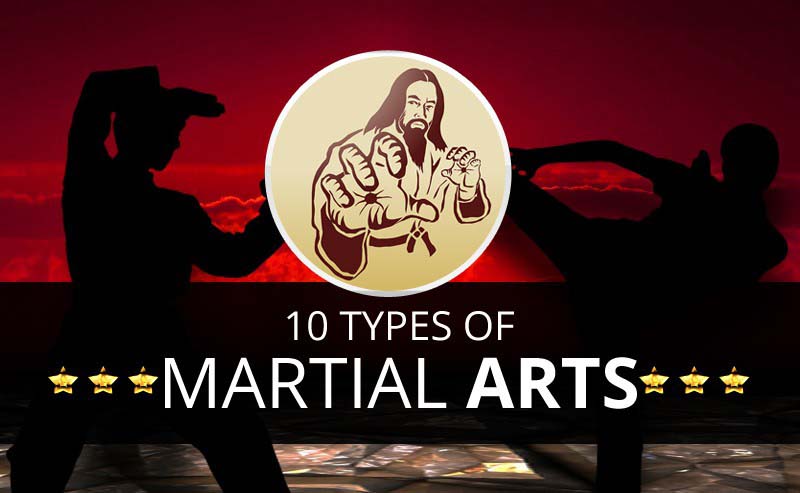The History And Advancement Of Martial Arts: From Ancient Origins To Modern Techniques
The History And Advancement Of Martial Arts: From Ancient Origins To Modern Techniques
Blog Article
Developed By-Carver Clements
Enter the globe of martial arts, where ancient beginnings and contemporary strategies clash in a thrilling journey of technique and self-discovery.
As you delve into the background and advancement of this exciting art type, prepare to be astounded by the social influences, technical developments, and extensive ideology that have shaped it over centuries.
From the combat zones of ancient worlds to the training grounds of today, martial arts have stood the test of time, continuously adapting and growing.
Each strike, each movement, lugs with it the weight of countless years of practice and knowledge, gave through generations. This is a story of durability, of warriors that looked for not just physical expertise, yet additionally self-confidence and harmony.
Join us on this exceptional exploration as we uncover the keys, the tales, and the transformational power of martial arts.
Get ready to be inspired, tested, and for life changed by the background and evolution of martial arts.
Cultural Impacts on Martial Arts
As you check out the history and advancement of martial arts, you'll swiftly find the fascinating ways in which social influences have formed these combat techniques.
From the ancient people of China and India to the more current developments in Japan and Brazil, martial arts have been greatly influenced by the societies in which they came from.
For example, Chinese martial arts, such as Martial Art and Tai Chi, are deeply rooted in the philosophy of Taoism and the concept of Yin and Yang.
In contrast, Japanese martial arts, like Karate and Judo, show the samurai warrior traditions and the values of self-control and honor.
Similarly, Brazilian martial art, Capoeira, incorporates elements of African dancing and songs, reflecting the social heritage of African slaves in Brazil.
related web-site give each martial art its unique attributes however also offer a deeper understanding of the historical and social contexts in which they advanced.
Technological Improvements and Martial Arts
With the increase of advanced weapons and innovative training tools, you have actually been able to improve your skills and adapt to the ever-changing battle landscape.
Technological developments have actually transformed the way martial arts are exercised and educated. Virtual reality simulations now allow you to train in practical fight scenarios without the danger of physical injury. chinese martial arts movies -speed video cameras catch every step, allowing you to examine and best your methods. Wearable gadgets monitor your heart rate, breathing, and muscle activation, supplying instant comments on your efficiency.
Additionally, the growth of specific devices, such as resistance bands and agility ladders, has enabled you to boost your speed, toughness, and dexterity. martial arts ceo have not only made training more reliable however have also pushed the borders of what is feasible in martial arts, allowing you to get to new elevations in your technique.
The Philosophy and Principles of Martial Arts
The philosophy and principles of martial arts are deeply rooted in shaping your frame of mind and instilling technique, emphasis, and regard in your method.
1. State of mind: Martial Arts educates you to establish a strong and durable state of mind. It enables you to get rid of obstacles both on and off the floor covering, pushing your restrictions and standing firm in the face of adversity.
2. Self-control: Martial Arts needs self-control and self-constraint. Via routine training and adherence to stringent rules and strategies, you find out to regulate your impulses and establish a strong work principles.
3. Focus: Martial Arts needs intense focus and concentration. By educating your mind to be present in the minute, you improve your ability to respond rapidly and properly throughout combat circumstances.
4. Regard: Martial Arts stresses respect for oneself, trainers, training companions, and opponents. It educates you to value the abilities and experiences of others, cultivating a feeling of sociability and gamesmanship.
Conclusion
Congratulations on completing your journey with the fascinating globe of martial arts! Throughout this exploration, you have observed the abundant background and amazing evolution of these combat techniques.
From their old origins to the contemporary techniques we see today, martial arts have been shaped by cultural influences.
The assimilation of innovation has also played a substantial role in transforming the means martial arts are educated and practiced in the present day.
However, it is important to keep in mind that martial arts are more than simply physical battle. They incorporate extensive ideologies and assisting principles that go beyond the mere act of combating.
Take a moment to assess this anachronistic adventure and value how the legacy of martial arts remains to grow in the here and now, transcending time and boundaries.
